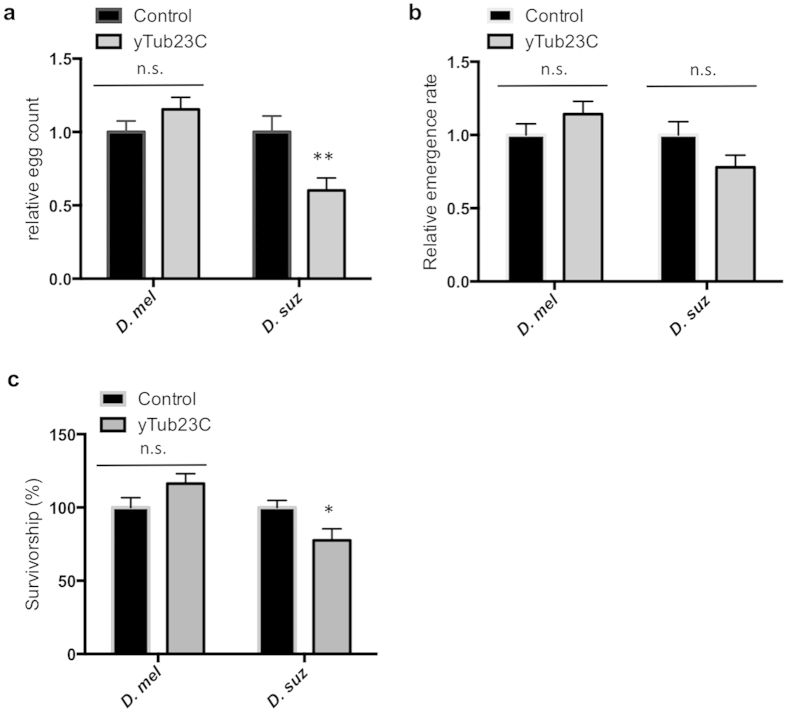Figure 5. Yeast feeding treatment of adults and larvae decreases larval survivorship and adult reproductive fitness in a species specific manner.
(a) Relative egg counts of D. melanogaster and D. suzukii. Virgin females and males were fed separately on yeast expressing dsRNA against yTub23C for three days. One male and one female were crossed and allowed to lay eggs for 48 hours (D. melanogaster) or 72 hours (D. suzukii). (b) Relative emergence rate of D. melanogaster and D. suzukii eggs when parents were fed as described in (a). The hatch rate was determined by dividing the number of adults by the number of eggs recorded in that vial. Data shown in (a,b) represent mean and s.e.m. of three independent experiments and a total of 75 females were tested per treatment. Each replicate was normalized to the mean of the control and significance relative to the control was determined by a two-tailed t-test (**indicates p < 0.01). (c) Survivorship of D. melanogaster and D. suzukii 2nd instar larvae following 24 hour treatment with live yeast expressing dsRNA against yTub23C. Larvae were fed on a mixture containing 50% artificial diet and 50% live-pelleted yeast by volume. Mortality was assessed at the time of eclosion. Data shown in (c) represent mean and s.e.m. of six independent experiments and a total of 300 larvae were tested per treatment. Each replicate was normalized to the mean of the control and significance relative to the control was determined by a two-tailed t-test (*indicates p < 0.05).

